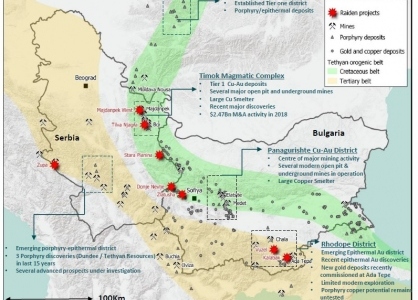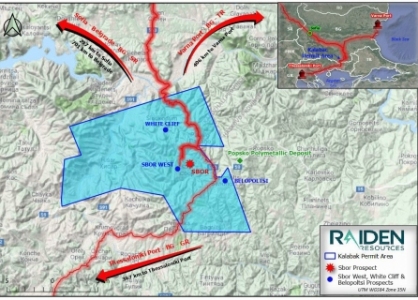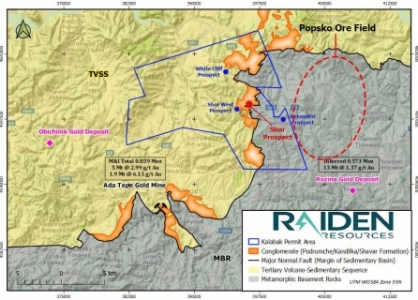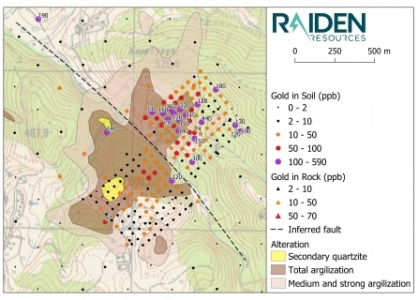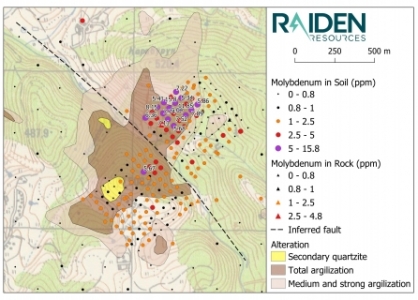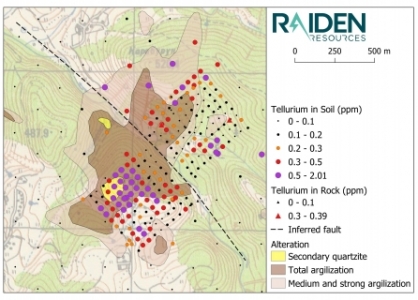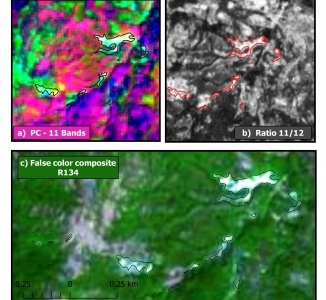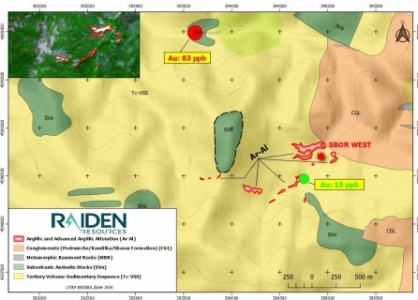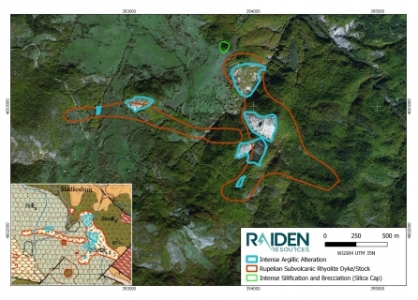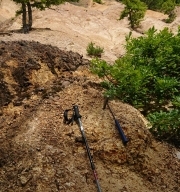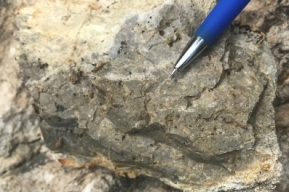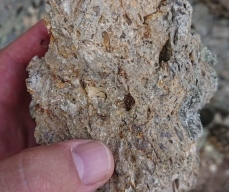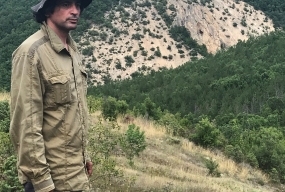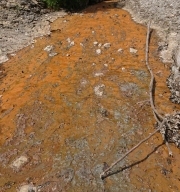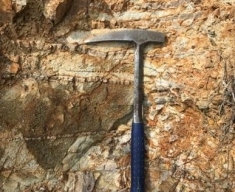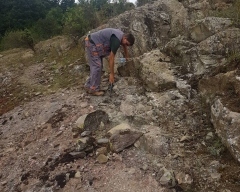Location
The Kalabak license (191 km2) is located in the Haskovo Province (Kardzhali District) of southern Bulgaria. Geologically, the project locates in the mineral endowed Tertiary Western Tethyan orogenic belt.
Ownership
Raiden announced on 15 July 2019 that it has signed an Option agreement with QX Metals Corporation (“QX”) over the Kalabak project in Bulgaria. QX, a TSX-V listed Company, is the 100% holder of the Kalabak license, through its 100% owned Bulgarian entity, Zelenrok EOOD. The agreement provides Raiden with an opportunity to earn up to 75% in the Kalabak project.
Exploration Status
Historical exploration in the district by Bulgarian State agencies was mainly focused on the base metal (Pb-Zn) potential, with no focus on precious metals or porphyry related copper mineralisation. Balkan Minerals and Mining (“BMM”) explored the area from 2002 to 2004 and followed the exploration evolution of the district to the epithermal gold model. BMM’s work program included outcrop sampling and the drilling of three short diamond drill holes. QX’s reconnaissance work and preliminary exploration from 2009 to 2017 confirmed epithermal gold mineralisation in the permit area. Raiden commenced exploration in August 2019 with soil geochemical surveying and plans to advance the numerous prospects to the “drill ready” state during 2020.
Highlights
The Kalabak license covers highly prospective Tertiary rocks in the under-explored Bulgarian portion of the Western Tethyan Metallogenic Belt. Limited historical exploration in the area by previous explorers and recent discoveries in the same belt outside of Bulgaria, substantiated that the Kalabak permit is highly prospective for copper porphyry and epithermal gold mineralisation. Recent gold discoveries at Ada Tepe and Rozino, within 10 km of the Kalabak permit, further underline the prospectivity of the project. Raiden’s initial work program in the Kalabak area defined four large alteration systems with coincident elevated levels of copper and/or gold. Soil sampling and ground-geophysical surveying is presently ongoing in the permit area to prepare targets for drill testing.
Maps
Prospectivity and Geology
The permit area covers an Eocene to Oligocene volcano-sedimentary pull-apart basin and underlying basement gneiss and amphibolite. The volcano-sedimentary package dips shallow to the north-west and consists of clastic sediments, volcanic rocks of andesitic composition and limestones. Late subvolcanic and porphyritic andesite stocks intruded the volcano-sedimentary package at several locations and point to larger concealed feeder intrusives and copper porphyry potential at depth.
Recent exploration in the vicinity of the Kalabak permit for epithermal gold led to the notable discovery of the Ada Tepe and Rozino projects. Dundee’s Ada Tepe deposit, located southwest of Kalabak, achieved commercial production in March 2019 and Velocity Minerals’ Rozino deposit, southeast of the Kalabak permit, hosts an inferred gold resource of 13 million tonnes grading 1.37 g/t gold. Mineralization at both projects is hosted by the same altered sedimentary and volcanic rocks that underlie the Kalabak permit. The company therefore believes that the Kalabak permit holds significant potential for epithermal gold mineralisation.
Copper porphyry mineralisation has been discovered within the Tertiary Dinaride-Aegean segments in all the neighboring countries, with the exception of Bulgaria. Given that the Kalabak project is situated within a similar geological setting and that it displays significant alteration features and geochemical finger prints, which indicate the presence of copper-gold mineralisation, the Company believes this is the consequence of a lack of exploration, rather than a lack of geologic potential.
Exploration
The Company’s geologists initially reviewed geological maps and historical exploration data, and conducted a reconnaissance visit of the Kalabak project. More recently the company completed a follow-up soil sampling program over the Sbor and Belopoltsi prospects. This initial work resulted in the definition of four prospects:
Sbor Main
- Confirmed copper-gold porphyry target;
- Infill geo-chemistry and mapping defined a multi-element porphyry footprint;
- Epithermal gold prospect defined on the south-western side of the Sbor prospect; and
- Prospect nearing drill ready status
- Satellite imagery outlines large hydrothermal alteration zone;
- Alteration zone coincident with elevated gold concentration in stream sediment; and
- Geological observations point towards potential for epithermal gold mineralisation and possibly towards deeper seated copper- porphyry style mineralisation.
Sbor West
- Satellite imagery outlines large hydrothermal alteration zone;
- Alteration zone coincident with elevated gold concentration in stream sediment; and
- Geological observations point towards potential for epithermal gold mineralisation and possibly towards deeper seated copper- porphyry style mineralisation.
White Cliff
- Prospect defined by a 1.5km by 1km zone of argillic alteration;
- Alteration zone possibly related to an epithermal gold system; and
- The prospect remains untested with no significant historical work undertaken on the prospect.
Belopoltsi
- On trend with the “Popsko Ore Field”;
- Defined by three distinct gold/silver in soil anomalies;
- Rock samples of quartz vein and breccia yielded anomalous concentrations up to 2.2 g/t Au; and
- Observations support the definition of a low sulphidation epithermal gold prospect.
